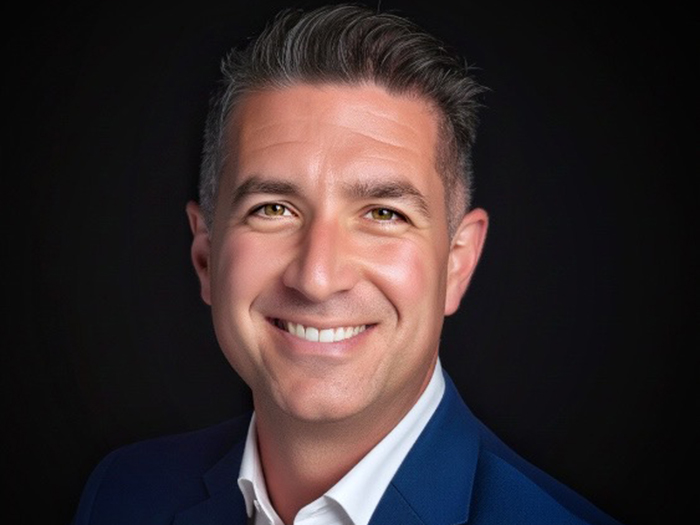How a Reputational Risk Snowball Turns into an Avalanche

Like the mountain climber who got stuck in the avalanche, reputational risk is often an area of risk management where trouble isn’t spotted until it’s already too late.
Just like the mountain climber, however, one can’t reach the top without taking the risk of embarking on a challenging path; But that doesn’t mean warning signs can’t be spotted and caution can’t be taken along the way.
While explosive incidents can damage an organization’s reputation within seconds, it’s the reputational slow bleeds that companies should look out for.
The Need for Speed
According to Jim Wetekamp, chief executive officer, Riskonnect, there are two main drivers for a reputational slow bleed: a continued push for speed and the diversification of business thus resulting in eroding quality.
Take the recent, highly publicized reputational scandal: Houston Rockets general manager Daryl Morey sent an explosive tweet supporting the protests in Hong Kong. The tweet immediately ruined valuable partnerships with China for the entire NBA, despite damage control.
Unlike this scandal, slow bleed reputational risk can ultimately erode economic competitiveness in ways that aren’t as obvious.
“Reputational risk can happen even if you’re doing exactly what you said you were going to do, but you misread how changing consumer sentiment is eventually going to impact you,” said Wetekamp.
Google and Facebook have struggled with this sentiment because of their close monitoring of user activity. “Consumer sentiment shifted, and it became increasingly negative on something that they said they were going to do from the very beginning,” said Wetekamp regarding Facebook’s use of consumer data.
Addressing the Manifestation of Risk
Another major factor that drives a company’s brand is not only the way they manage risk, but the way they respond to it and address the risk’s manifestation.
If a scandal is handled in a way that resonates with consumers, provides a clear understanding of the issue and outlines a plan of how they are going to fix it, trust can be reinstated.
“Look at Starbucks’ reaction,” Wetekamp said. In May 2018, the coffee company closed 8,000 of its stores for racial bias training.
“They found the problem, issued immediate retraining, admitted the issue and moved on. The long-term negative impact of the event could have eroded the consumer experience — because that’s what they’re selling, it’s not just coffee anymore, it’s consumer experience. But that experience didn’t suffer that much in the long run because of how they responded and corrected course.”
While Starbucks’ intervention derived from an isolated incident, other billion-dollar corporations such as WeWork have suffered slow bleeds that were less clear to investors … until it was too late.
The real estate startup was getting ready to go public, with a reported peak value of $50 billion, but postponed its IPO. CEO Adam Neumann also stepped down. The company’s estimated value dropped to $8 billion.
“We have decided to postpone our IPO to focus on our core business, the fundamentals of which remain strong,” wrote new co-CEOs Artie Minson and Sebastian Gunningham in a September statement.
The move resulted in the pending layoffs of nearly 3,000 employees.
Embracing Fundamentals
As seen in WeWork’s unfortunate example, operational and cultural fundamentals cannot be out-shined by technology and innovation.
While technology and its unknowns certainly drive a major facet of reputational risk, there are strategies to manage the digital, fast-paced age we are living as it becomes instantaneous.
As consumers become more in-tune with brands and their internal operations, there is more sentiment based on the treatment and benefit of employees.
In response to this, organizations are developing more unified, top-down cultures, instead of branding as a place where employees can “climb the ladder.”
“Large employee bases are becoming increasingly focused on having a shared action and purpose with their organization and want to personally develop. They want to work for employers that cater to this sense of personal empowerment,” said Wetekamp. He also noted that this is no longer just a millennial mindset, indicating a changing corporate world.
This strategy ultimately results in higher levels of trust with employees, which translates to consumer trust.
“That environment then builds better quality because employees have more focus on what they’re doing. They’re better trained, better enabled and more empowered within that organization.”
And as survivors of reputational avalanches know, those who climb alone have less of a chance of making it down the mountain. &











